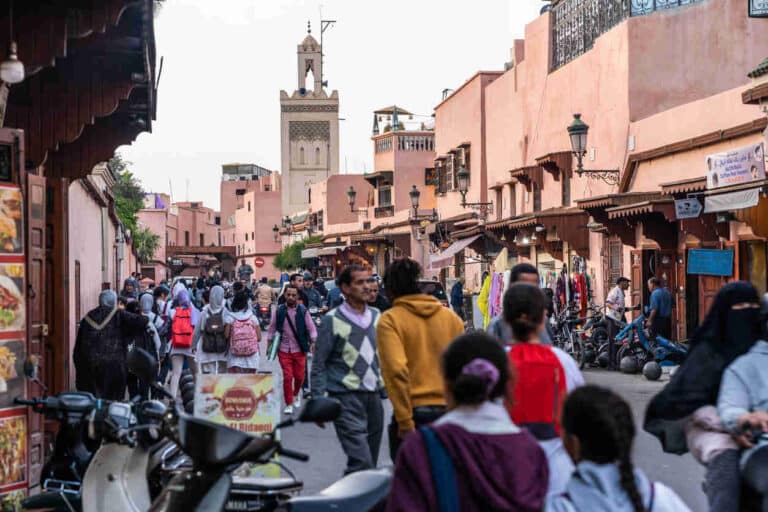Is couscous one of your favorite dishes? Do you usually make it at home or order it from time to time in an Arab restaurant in your city? Then, when you taste couscous in Morocco, you are likely to say, “It tastes different to me… it tastes better to me.” This is because here there are small variations in the recipe and in the preparation, which are transferred to the final taste of the dish. So, here are some keys that you will like to know when you put in your mouth this iconic dish of Moroccan cuisine, as popular as the tajine.
Ingredients difficult to find in your country
The word couscous refers to the wheat semolina grains that are the basis of this dish. However, this dish has many other ingredients, usually in the form of stew, which varies according to the recipe… and which are difficult to find in other countries outside Morocco or outside the Arab context.
There are beef stews, lamb stews, chicken stews or simply vegetable stews. But some specific ingredients can be striking, not because of their strangeness but because of their combination: olives, chickpeas, pumpkin, turnips?
But above all, what really makes the difference are the spices used to cook the stew: cloves, turmeric, cinnamon, cumin, ginger, black pepper, cayenne pepper… Or ‘simply’, the Ras el Hanoutwhich is a mixture of spices sold in supermarkets or, better yet, in street stalls or made at home, which gives a truly distinctive touch to each dish.
The use of the couscous maker
The couscous pot is a typical casserole in Morocco and difficult to find in other countries. It is a steamer with two parts: the lower part is usually used to cook the stew, and the upper part has small perforations that allow the steam to enter and cook the semolina grains.
Of course, this makes cooking slower and, above all, more flavorful, since the aroma given off by the stew permeates the couscous. Another variant is to use a simple broth with a certain flavor (chicken broth, vegetable broth, etc.), which, however, provides more flavor than a mixture of water, salt and oil, no more.
Butter and hands to separate
It can be said that the real couscous is handmade and manual, since in the stage of separating the grains, traditionally the hands are used. In this way, the couscous is looser, avoiding the formation of large lumps that are not only unsightly, but also negatively affect the cooking point. And to give a touch of softness to these grains, another common trick is to use butter, so that the resulting couscous will not be dry and rough in any case.
Served with leben
As you can see, couscous in Morocco follows a real ritual until it reaches the table. And that moment, the moment of presentation and tasting, can also make the difference. To accompany the couscous you can drink water or the classic tea, but for an even more local and genuine experience, you can choose to drink it with leben, which is a fermented milk typical of the country… and to which we dedicate another post.
But without a doubt, for the experience to be a success, you will have to choose the right restaurant to eat couscous in Morocco. In that sense, our guides will know how to recommend you places where their quality will be in accordance with your expectations, whether in the city of Marrakech, Fez or in any other city where your tour with us will take you.




